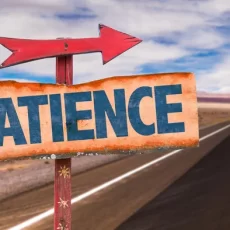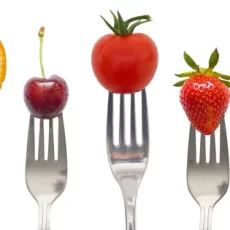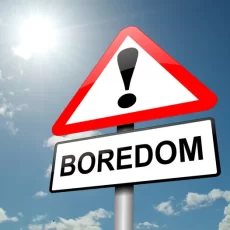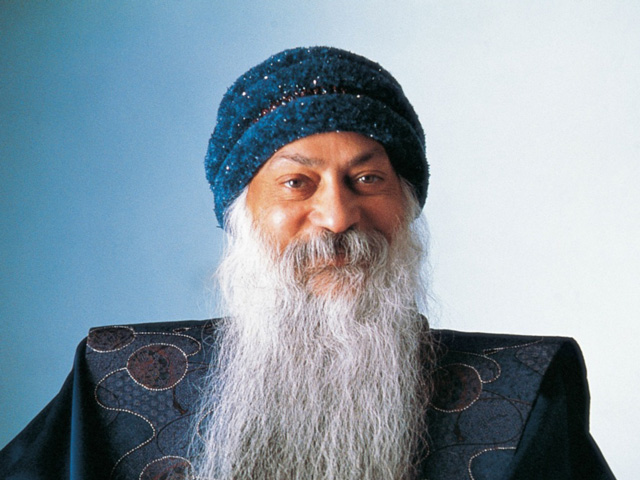Art, like morality,springs from a sense of deficiency in the existing state of things and it makes an attempt to rectify this deficiency by providing us with a representation of an ideal world. The achieving of this ideal world is what all of us must strive towards.
One of the most important aspects of art experience is absolute disinterestedness i.e. to not allow selfish interests to step in and to be so overpowered by the process of creating art that we submit ourselves to it entirely, rising above one’s selfish motives. Art does critique life but it does not encourage one to give up on life’s activities. It rather pushes one to purify those activities by cleaning them of all the selfishness involved in the performance of these activities.
Now selfishness does not mean ignoring the self completely; it means the conquering of the lower self by the higher one, the controlling of our passions by our reason in order to realise the true nature of the self. It is the failure to recognise this fact which makes the pursuit of art unsocial and self-centred.
How can one achieve absolute disinterestedness in the realm of art? Disinterestedness must come to a person not occasionally but rather as a way of life, instinctively and without any deliberation. It may appear that one can achieve complete unselfishness in art for art by its very nature is completely impersonal. But this impersonal attitude is contingent. Once a person steps outside the domain of art and returns to the routine life, the selfish attitude is likely to rise to surface depending on the character of the individual concerned. Moreover,the disinterestedness achieved during the creation of art is in a sphere which is ideal and not real, in a way artificial.
Thus,we see that art often fails to achieve this aspect of unselfishness. One might feel so overwhelmed by the pleasures of art that he/she might forget its impersonal nature. This is the reason why art is made to rest itself against religion in actual life, to save it from this kind of degeneration. But art does not need religion to save itself.It can achieve this purpose by directly idealising life,in isolation from any religious faith.
We shall now focus on how such knowledge, assuming that it has been properly understood, affects the pursuit of art. When the state of absolute disinterestedness has been achieved, whatever significance art has, the knower sees it in life. Further the lapse experienced when one shifted from the domain of art to that of routine life disappears; the artistic attitude is now replaced by a moral. That is,the same kind of experience -j oyful and impersonal-will continue after the art experience as during it. In fact, there is no lapse at all. The only difference is that while the former (art experience) is a passive state, the latter (moral action) is an active one. The attitude towards the world remains the same whether it is contemplative or active.
This helps us to draw the conclusion that the aesthetic and the moral attitudes – both joyful and impersonal – are more closely allied to each other than we think and are only the partial manifestation of the ultimate spiritual experience, the goal of the human existence. Art and morality become metamorphosed in it and are also explained by it,though we deduce its nature through them.





